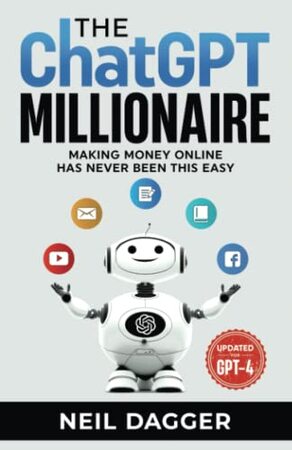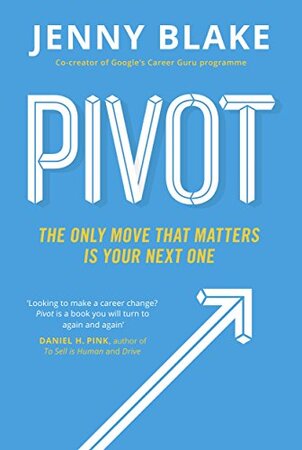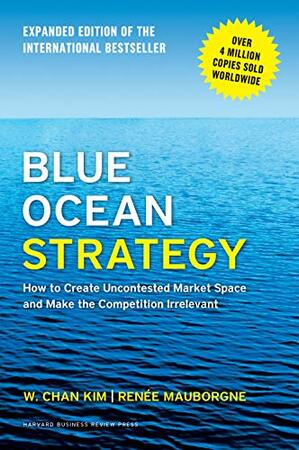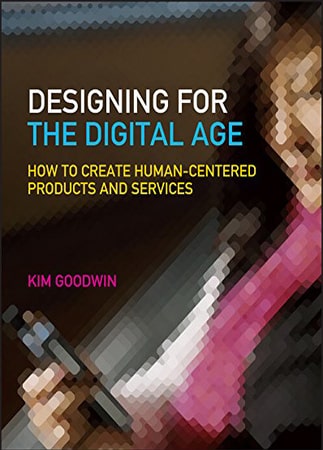
The chatgpt Millionaire
Discover the ultimate guide to making money quickly and easily with ChatGPT in “The ChatGPT Millionaire” (Updated for GPT-4). This comprehensive resource empowers you to create passive income sources in minutes, deliver high-quality work to impress customers effortlessly, and generate engaging content while saving time for what truly matters.
ChatGPT is a powerful AI language model that utilizes prompts to generate text, and with the enhanced capabilities of GPT-4, content creation becomes even faster and more efficient.
The book begins with an introduction to ChatGPT, highlighting its advantages and providing guidelines for effective usage. It then immerses readers in practical examples that reveal how ChatGPT can skyrocket productivity and create lucrative passive income streams.
One of the book’s standout features is the inclusion of specific ChatGPT prompts and responses, enabling immediate utilization and understanding of practical applications. Additionally, it offers a collection of over 150 “Act as” prompts that make content creation a breeze.
But that’s not all! When you purchase the book, you’ll receive a free ChatGPT prompt cheat sheet (in PDF format), consolidating all examples into one convenient resource. Furthermore, you’ll gain access to a complimentary copy of “Simple guide to wealth,” a no-nonsense manual on building wealth without fluff.
Visually appealing images, including depictions of “generate passive income,” “impress customers,” “create engaging content,” and “150+ prompts for any situation,” enhance the book’s aesthetics and facilitate easy comprehension.
“The ChatGPT Millionaire” is a must-read for anyone seeking to make money online. One reader review even exclaims, “This book changed my life. I’m now able to create content and make money without exerting excessive effort. Thank you!”
If you desire a fun and accessible guide to making money with ChatGPT, this book is tailor-made for you. Its approachable language, clear examples, and concise explanations make it a delightful read. Additionally, the bonus prompt cheat sheet adds substantial value, making the book a worthy investment.
Don’t miss the opportunity to create passive income sources. With “The ChatGPT Millionaire,” you can effortlessly and efficiently make money, leveraging the power of AI technology.












